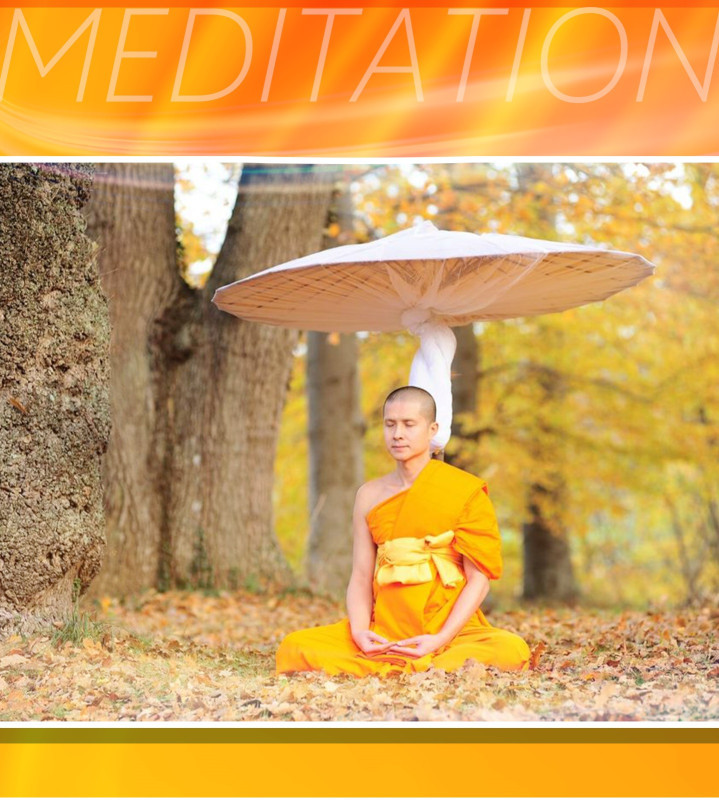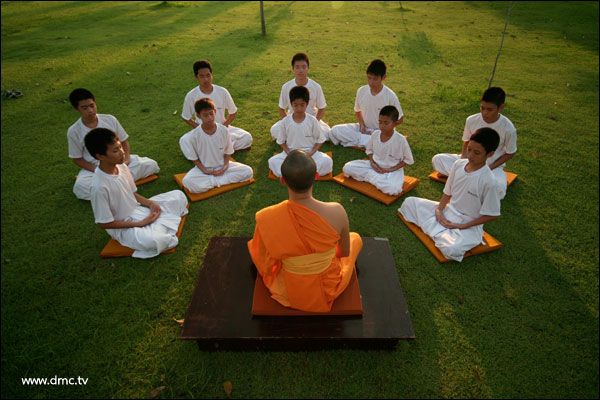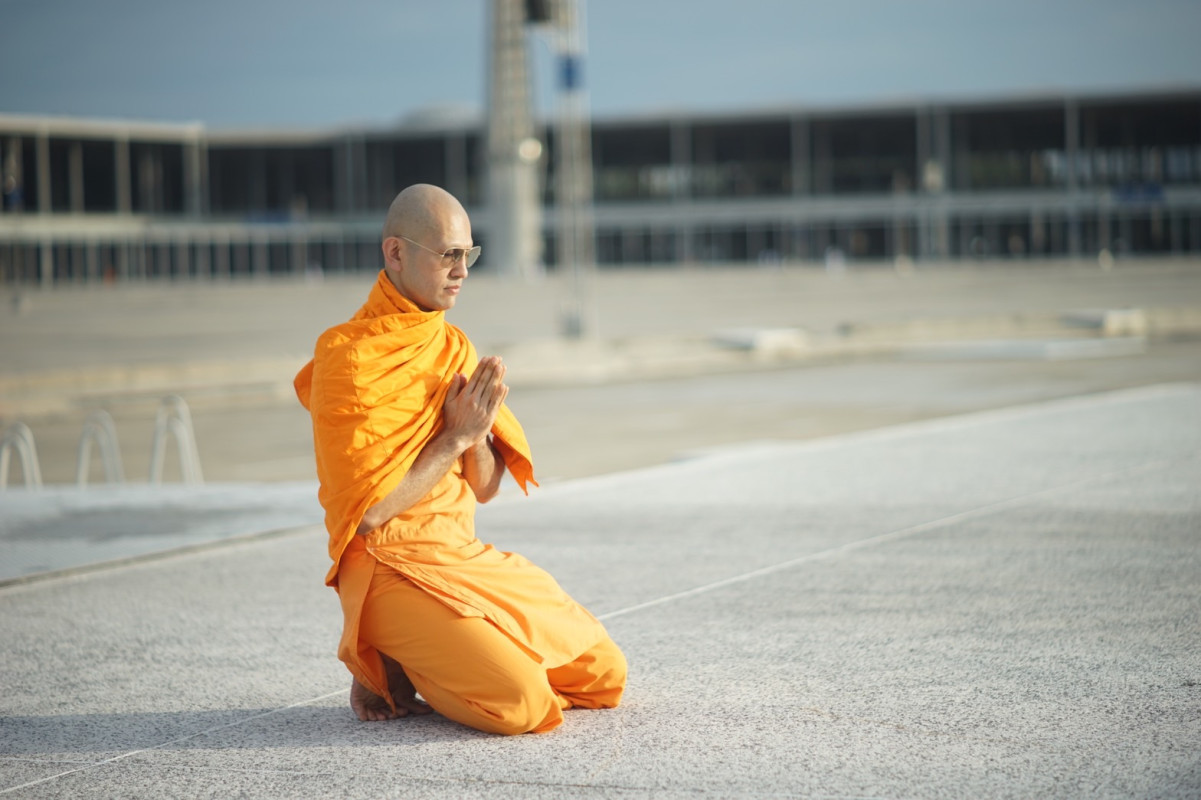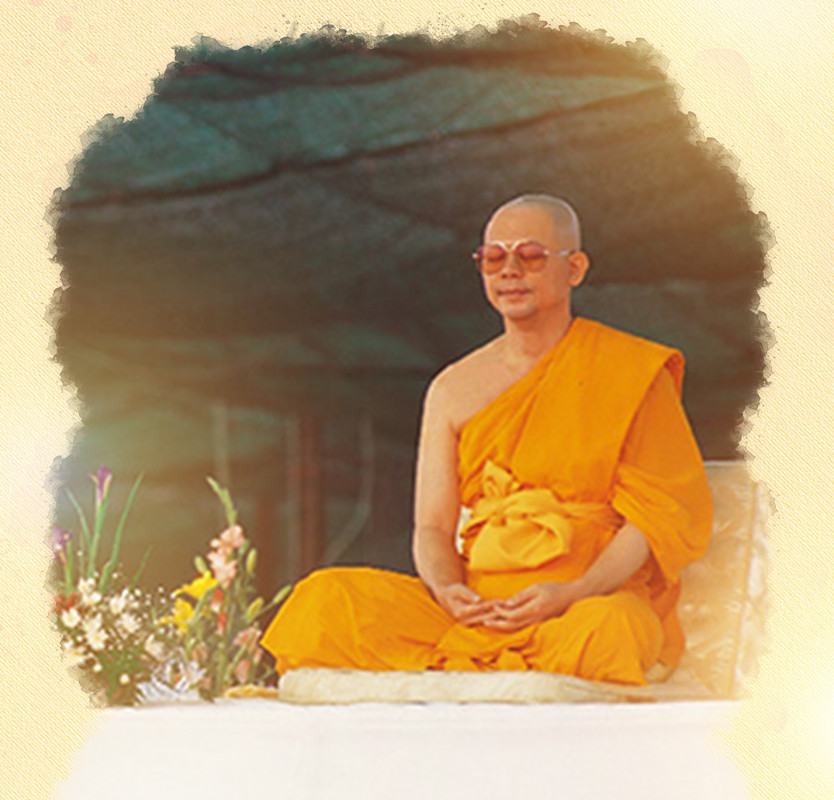Meditation Part 1: Introduction to Meditation
Sitting Meditation (Samatha Bhāvanā)
Samādhi is the steadfast concentration of the mind on a single object,
leading to inner stillness and unshakable one-pointedness
In this section, we will explore the foundational aspects of meditation. We will learn the meaning of samādhi, how to sit in meditation, how to place the mind, the common obstacles faced during practice, the inner experiences, the fruits of meditation, and how to progress steadily on this path. For today, let us begin by understanding the meaning of the word samādhi.
Have you ever noticed that sometimes—even when your body feels comfortable, your health is good, the food is delicious, the music is pleasant, or the movie is entertaining—your mind doesn’t feel happy at all? You may still feel anxious, stressed, worried, or even discouraged. Despite having all the conditions for physical enjoyment, the mind may still be disturbed or sorrowful.
Or perhaps, while enjoying yourself at a party with friends, you suddenly feel hurt by a joke or a harsh comment. Even though the atmosphere is festive, you no longer feel part of the joy.
This shows us a simple yet profound truth: we are made up of two aspects—body and mind. The body consists of physical organs—arms, legs, eyes, skin—while the mind consists of thoughts, feelings, perceptions, and memories.
We must accept that no one in this world truly wishes for suffering, either physically or mentally. Everyone desires good health and happiness. But can things like watching a movie, listening to music, or eating delicious food truly bring deep peace and happiness?
Why is it that even when the body is in perfect condition, the mind doesn’t always follow suit?
The answer is: the mind can be trained. Even when troubles or distress arise, it is possible to keep the mind from being shaken or overwhelmed. Training the mind through meditation—samādhi—is the key to inner peace and the gateway to true happiness.
Sitting Meditation (Samatha Bhāvanā)
Meditation enables you to gain control over your mind, preventing it from falling into anger, irritation, or discouragement.
 English
English
 ภาษาไทย
ภาษาไทย







